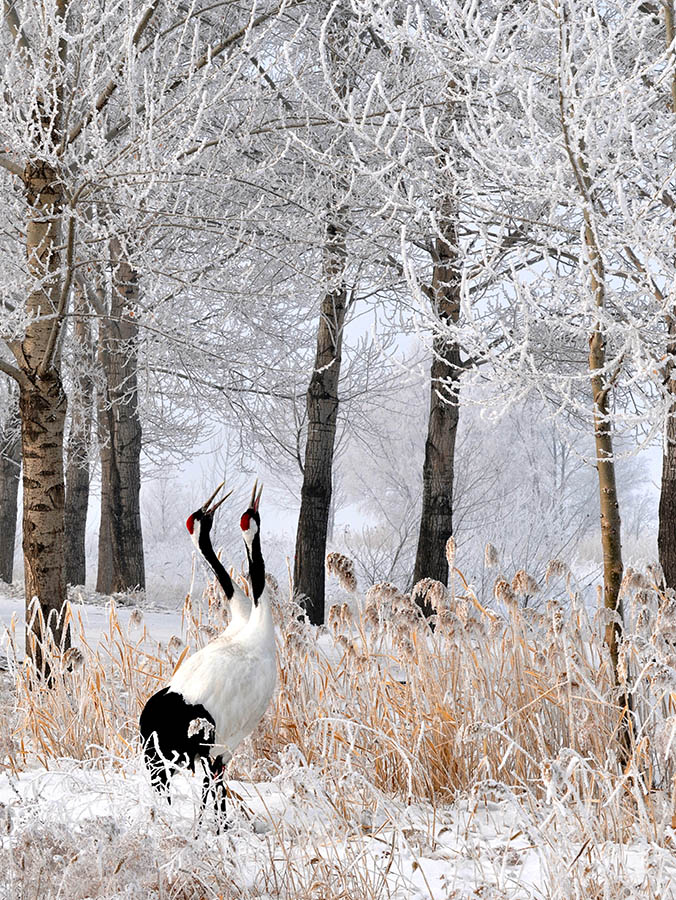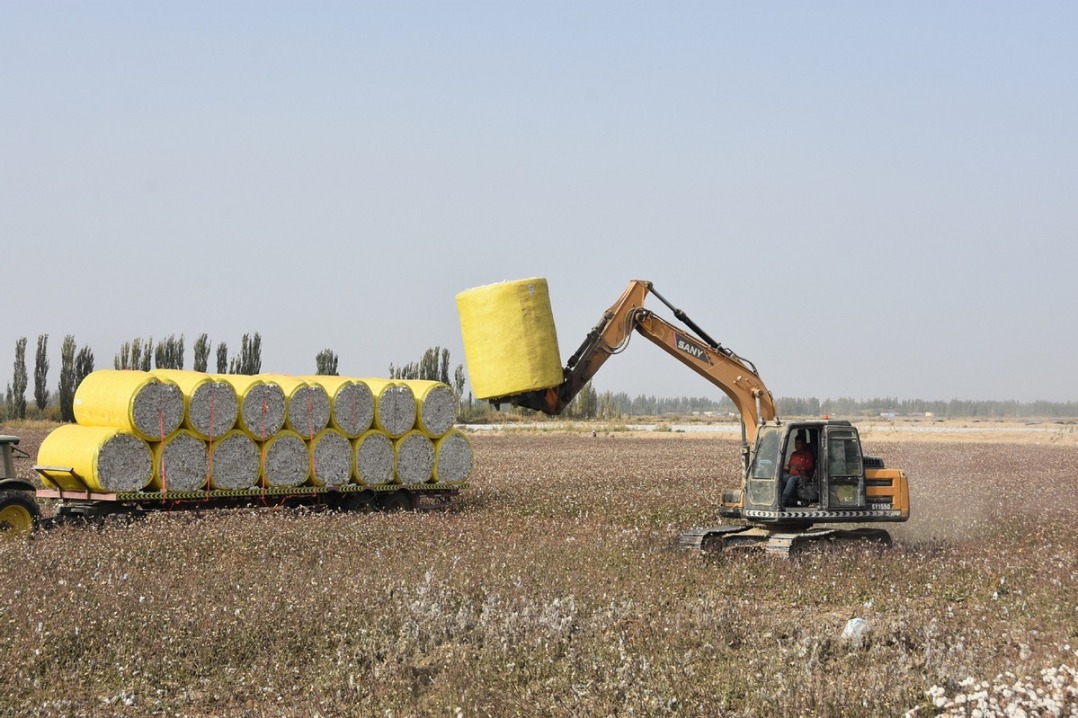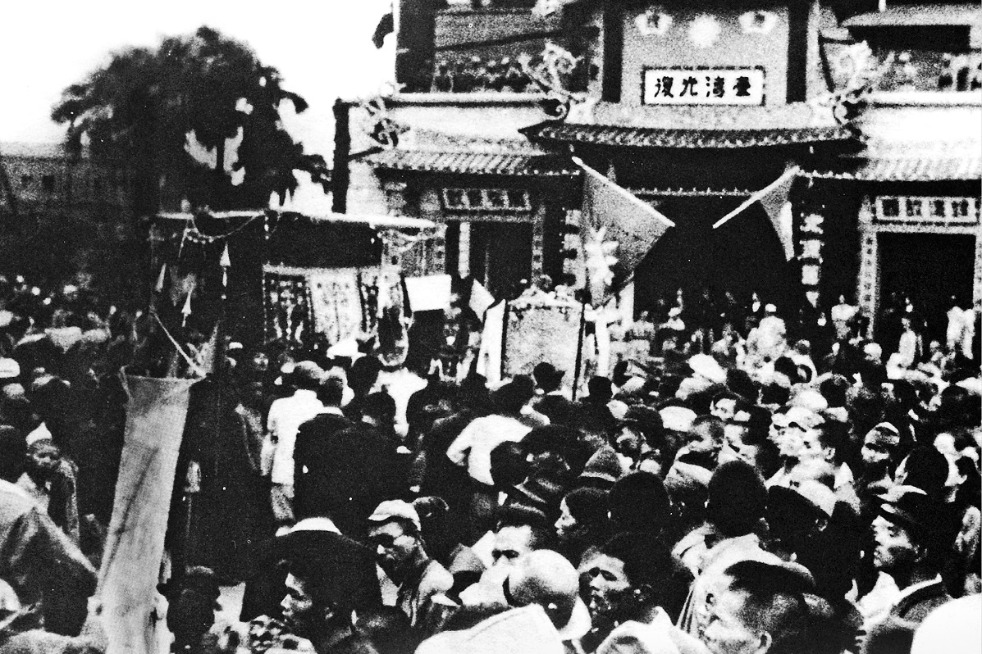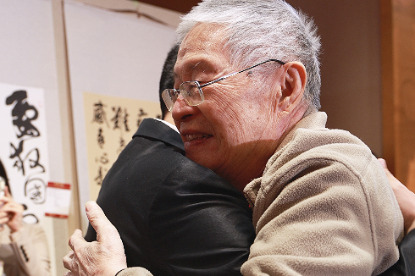Bird protector takes wing to continue family tradition


Conservation
"Before the reserve was founded the number of red-crowned cranes was very low," said Wang Wenfeng, deputy director of the reserve's administrative office. "There were only about 140 at the reserve at the time. They are very sensitive and will fly away as soon as people get close to them, even if they are only trying to feed them."
The cranes' natural timidity meant the protection work came to a standstill until the researchers met a local fisherman who often saved and treated injured birds.
The fisherman was Xu Tielin, Xu Zhuo's grandfather. When the researchers invited him to join their protection team, it was the start of an enduring relationship between red-crowned cranes and three generations of the Xu family.
"Xu Tielin donated his house as a temporary office, with the reserve's plaque hanging above the door," Wang said.
To start their work, Xu Tielin and his colleagues covered every meter of the reserve, locating and assessing the condition of every crane's nest.
After several years, they developed a combination of artificial breeding and natural reproduction in the wild, which improved the survival rate and also ensured that a large number of birds remained in their natural habitat.
When he discovered chicks that were injured, Xu Tielin often brought them home and asked his wife and daughter to help feed and care for them.
- SISU launches neurocognitive image laboratory
- Mainland to invite Taiwan compatriots to commemorate 80th anniversary of Taiwan's restoration
- China renews yellow alert for typhoon Fengshen
- Taiwan youths recite family letters, evoking emotional response
- Taiwan youth share stories at commemorative event
- Scenery of populus euphratica forests in Xinjiang





































